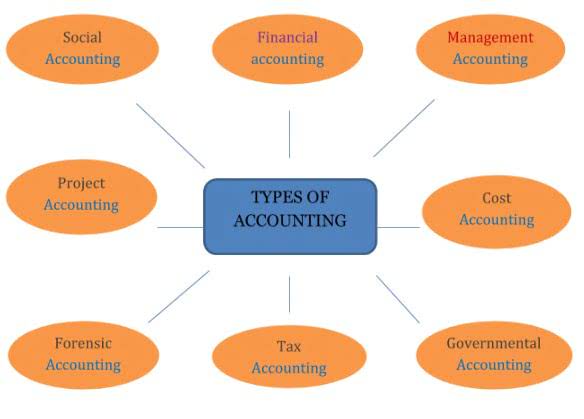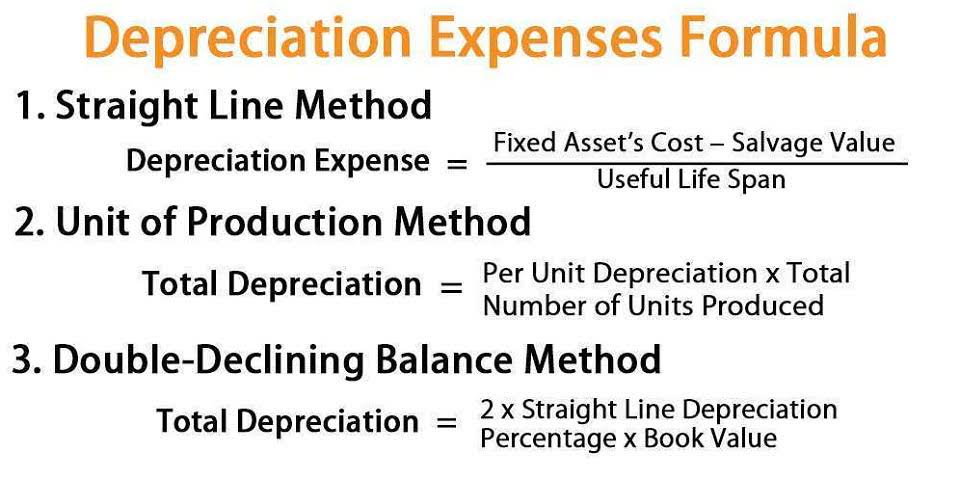
As an inventory management technique, EOQ involves using a specific formula to calculate ideal reorder quantities for each SKU. This step of the inventory management process requires effective auditing of stock levels and warehouse optimisation. Accounting for Churches Best-practice inventory management uses an orderly system for recording the costs, quantities, age, and locations of inventory items. It also manages the key documents involved, such as customer quotes, sales orders, purchase orders and supplier records.
Inventory management methods and strategies
It typically relies on an understanding of your company’s supply chain management capabilities to support consumer demand. Demand forecasting is especially important in industries with variable normal balance demand, such as fashion or technology. With proper tools and analysis, businesses can make more informed decisions. In consignment inventory, the consignor agrees to supply the consignee with their goods and the consignee does not have to pay for the inventory costs upfront.
Advantages and Challenges of JIT
In this method, products move directly from the truck, from the warehouse they were produced into outbound delivery trucks headed to customers’ doors. Demand forecasting also facilitates better planning, from more accurate budgeting to better resource allocation and supply chain management. Inventory management is the process of keeping track of what you have, where it is, and how much it costs. It’s a crucial part of running a business, whether you sell physical products or services.

Economic Order Quantity

ABC inventory analysis aims to identify the inventory that is earning you profit by classifying goods into different tiers. It’s loosely based on the Pareto principle – the concept that the majority of successes come from a minority of efforts. Not every company will get involved in manufacturing; wholesalers, for instance, might skip this step entirely. The later you leave it, the more it will online store inventory management cost – and the less time you’ll have to do it. They act as a buffer, providing peace of mind and greater control over inventory.

- Let’s take a look at 12 of the most widely used inventory techniques today.
- The weighted average cost inventory management method calculates the cost of goods based on the average price of all items.
- This technique can reduce handling and holding costs while improving fulfillment times, and is most commonly used for perishable products.
- It ensures efficient handling of goods from inbound to outbound trucks without storage delays.
- This way, you can aim to expedite inventory turnover, reduce carrying costs, and optimise your working capital.
- Batch tracking is a process that uses batch numbers to trace goods along the distribution chain using batch numbers.
- In this agreement, however, the consignee doesn’t have to pay for the goods until they sell them.
It ensures improved business efficiency by removing any waste and non-value-adding activities from your business operations. Just-in-time (JIT) inventory management refers to an inventory technique in which companies buy goods on an as-when-needed basis. This prevents them from ordering too much inventory and reducing the risk of perishable goods or ordering fewer products and risking stockouts. LastObject needed an ERP that could manage orders across dozens of platforms — including sites like Shopify and eBay.


